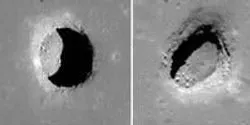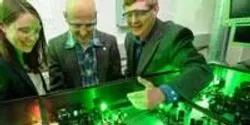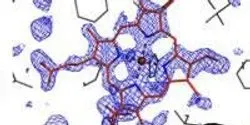Imaging

Berkeley researchers develop breakthrough technique for non-invasive nano-scale imaging.

Whether a close-up of a leafcutter ant, or a micrograph of the neurons derived from marmoset stem cells, or an MRI of the hidden pathways in the human brain, submissions to University of Wisconsin-Madison’s 2015 Cool Science Image Contest continue to put science and nature on eye-catching display.
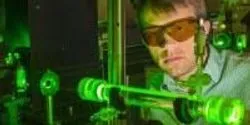
Transportation accidents, such as trucks crashing on a highway or rockets failing on a launch pad, can create catastrophic fires. It’s important to understand how burning droplets of fuel are generated and behave in those extreme cases, so Sandia National Laboratories researchers have developed 3-D measurement techniques based on digital in-line holography.
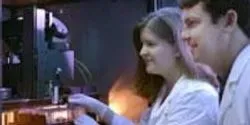
UT Southwestern Medical Center’s Texas Institute for Brain Injury and Repair (TIBIR) has acquired a pair of TissueCyte 1000 microscopes, the latest generation in serial two-photon laser imaging, as a centerpiece of its new Whole Brain Microscopy Facility. The TissueCyte microscopes are the only ones of their kind in Texas, and two of just a handful in existence around the world.

